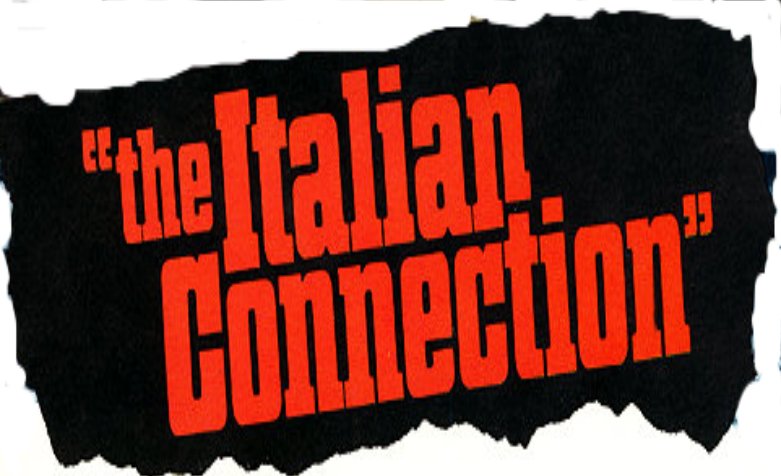Generic traffic display is part of the second layer of UDispatch's intended functionality. And that's okay. But *custom* traffic display is even better.
#1: A Bulk Reverse Proxy
geepawhill.org/udispatch-1-st…
#2: Generic Traffic Display
geepawhill.org/udispatch-2-th…
)
Enter the third level of UDispatch: rendering plugins for custom traffic.
MuhuhahaHAHAHAAAAAA!
Have a great and comically evil Friday!









